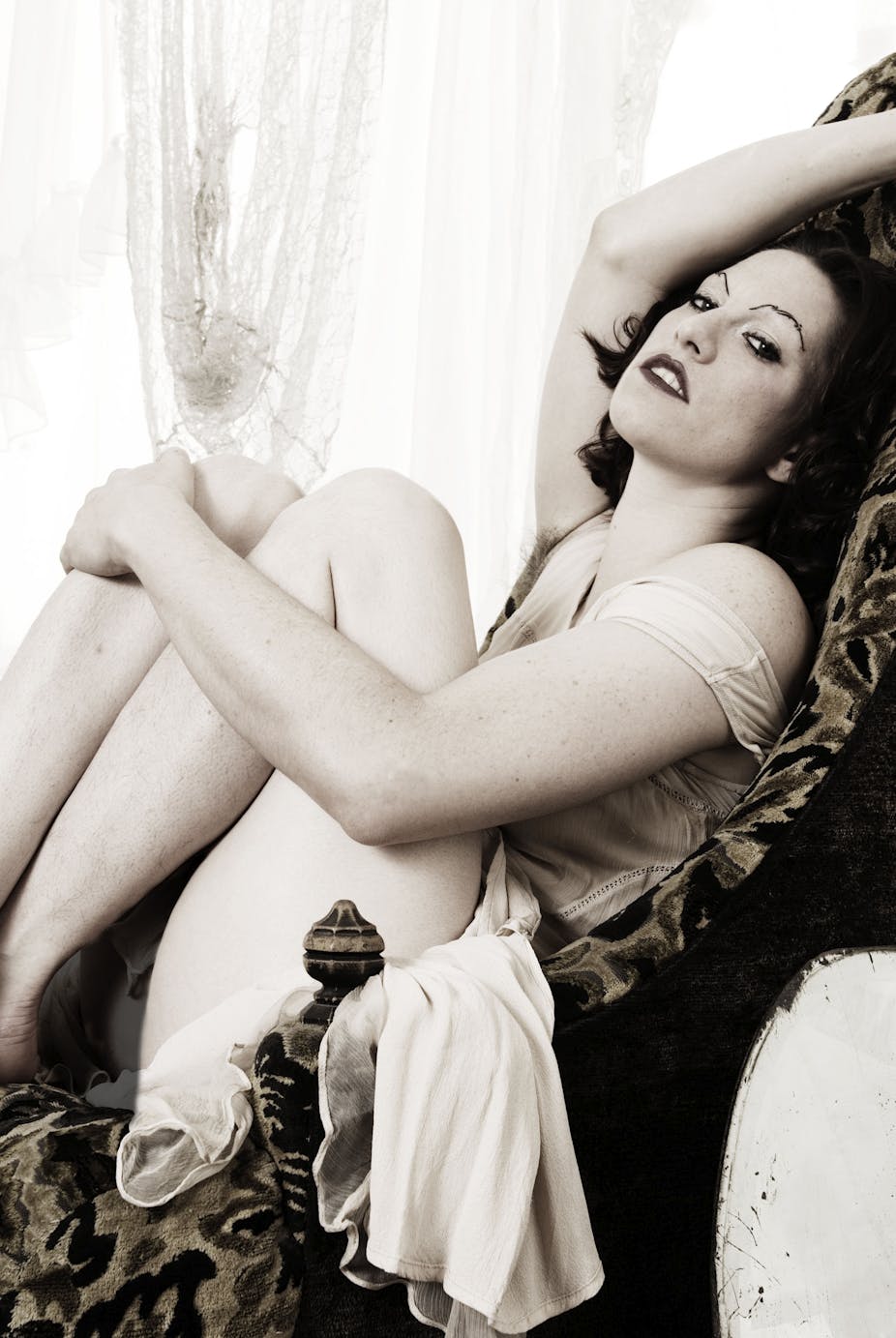I’m a fan of Amanda Palmer, an “indie” musician, in the truest sense of that concept, with the Dresden Dolls, controversial artist, engaging TED speaker, pretty good author, and all around very interesting person. It’s not her music that I’m a fan of per se (although this is pretty special) but rather her approach to music, and the business of art in general, that makes me think it not entirely crazy to divide the chronology of the world into epochs of Before-Amanda-Palmer (BAP) and After-Amanda-Palmer (AAP).
Back in 2012, Amanda Palmer was the first person to break US$1,000,000 in crowdfunding on Kickstarter. The details and consequences of that, the love and the hate, are not the issue here. What is more interesting is her explanation of how she did it, and what this means for the future of the music industry in particular and the arts in general in a digital age.
The point is that AFP (as she is also known) has finally answered the question – what is the internet for? Lest this seem curiously unhinged, a similar argument is made by Cory Doctorow in his recent book Information Doesn’t Want to be Free, which also focuses on the use of the internet to organise creative industries careers and create value, along with the types of institutions and strategies that will require.
And if you’re in that frame of mind, I also recommend Hipster Business Models, which has lots of fun examples.
AFP’s answer is that, from the perspective of the music industry, the internet is not a new distribution platform, over which you can now get free music. That might be what it looks like to record labels, but that’s not what it means for artists. Rather the internet is a place where you build communities. The internet is social media, a place of people, not a digital warehouse of musical content.
This distinction is important because it is at the core of a new era of business models in the arts that starts with the artist making connections to build a community.
And what’s the value of building a community? Then you can ask them for support. And right there, the entire intermediated commoditised business model logic of record labels and contractual intermediaries is cut away and replaced by something that is, in spirit, a return to something much older, the busking model of the troubadour.
The old model of arts funding was built around a client model of patronage. Whether that patron was a rich prince, a government grant-giving agency, or a record company executive. In each case there was a contractual obligation (with varying degrees of explicitness) in which the artist produced for the client. When the internet first came along, it didn’t really seem that disruptive, except at the distribution end of this model, where eventually the low cost of digital copying changed the retail model entirely.
But the new model, first perfected by Amanda Palmer, and based as she explains on observations from years of performing as a living statue (the eight foot bride), is that a community is the resource that supports the production of art, and that is not an abstract thing, proxied by “society” or anything that a government arts council might represent, or even a market, which an A&R person in a record company may go in search of, but an actual community that the artist manages to build. Amanda Palmer was pretty good at that, which is perhaps why she was first to crack seven figures in crowdfunding. But she won’t be the last.
This is in effect a new economic model for arts funding and it is built on a simple statistical principle which Palmer herself explains as:
Given the opportunity, some small consistent proportion of the population will happily pay for art.
She elaborates:
These are the new forms of patronage, and it’s messy; the artists, and the patrons are making up the rules as they go along. But whether these artists are using crowdfunding, subscription services, or pay-per-piece-of-content pledge services, the fundamental building block of all these relationships boils down to the same simple thing: trust.
And where does that trust come from? Most importantly – “Fame doesn’t buy trust. Only connection does that”. Rather than spending time filling in grant applications and cultivating insider connections, better to spend that precious time connecting with your audience, building a community.
So at one level Amanda Palmer is explaining how crowdfunding really works – namely:
Effective crowdfunding is not about relying on the kindness of strangers, it’s about relying on the kindness of your crowd. There’s a difference.
But at a deeper level AFP’s point is that artists need to get over this presumed repugnance about asking for money directly from their community. (The study of repugnance, and its consequences in matching markets, is a hot topic in economics, by the way.) Crowdfunding works when you ask for help from your crowd, not an anonymous patron or government.
That might seem déclassé for some, a bit too much like begging – with the implication that a government grant is the more noble path. And perhaps some artists would prefer their garrets, and not having to cultivate the noisy masses.
But if the future lies in the direction of the social artist then artist are going to have to get better at asking for help.

